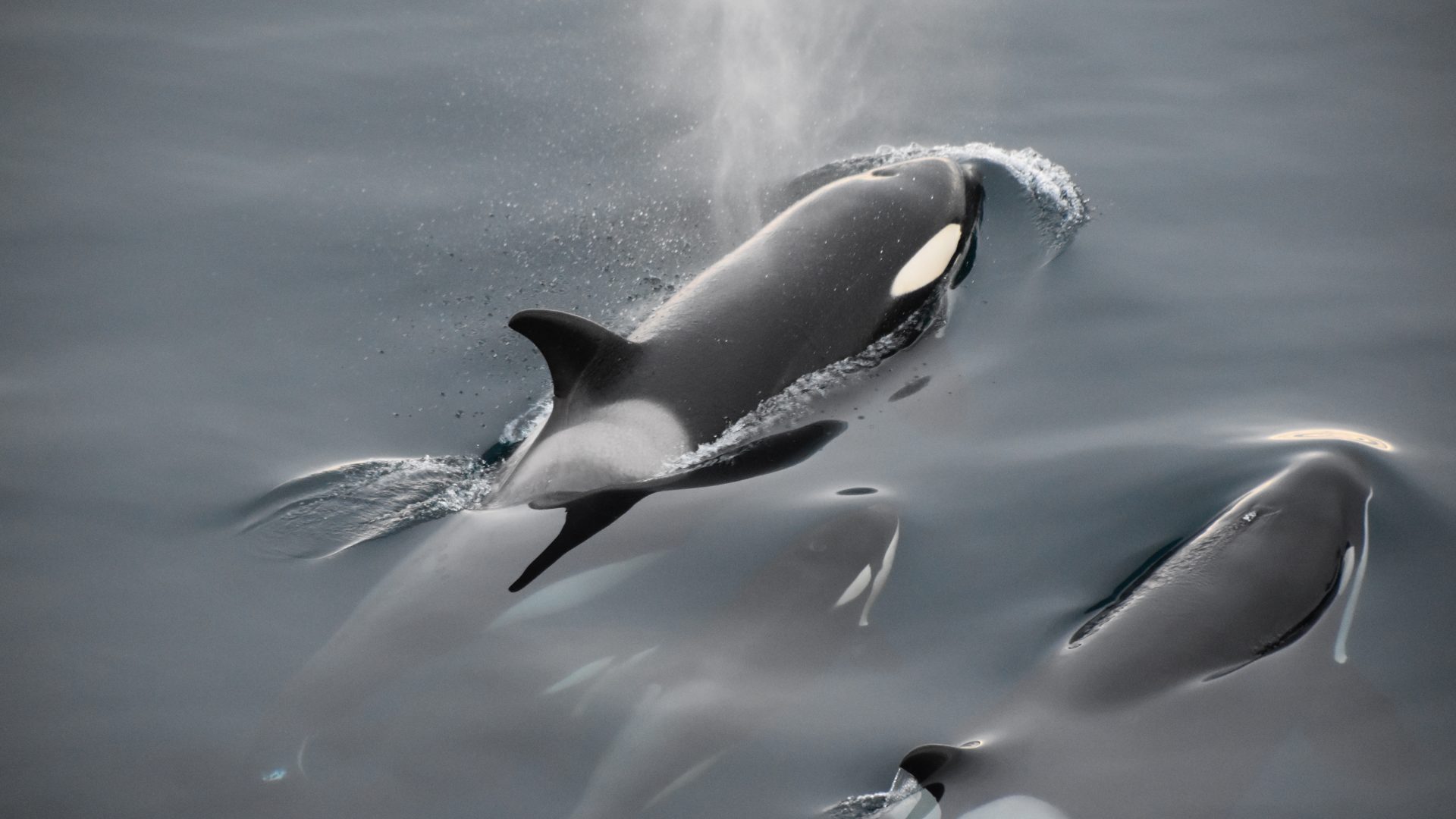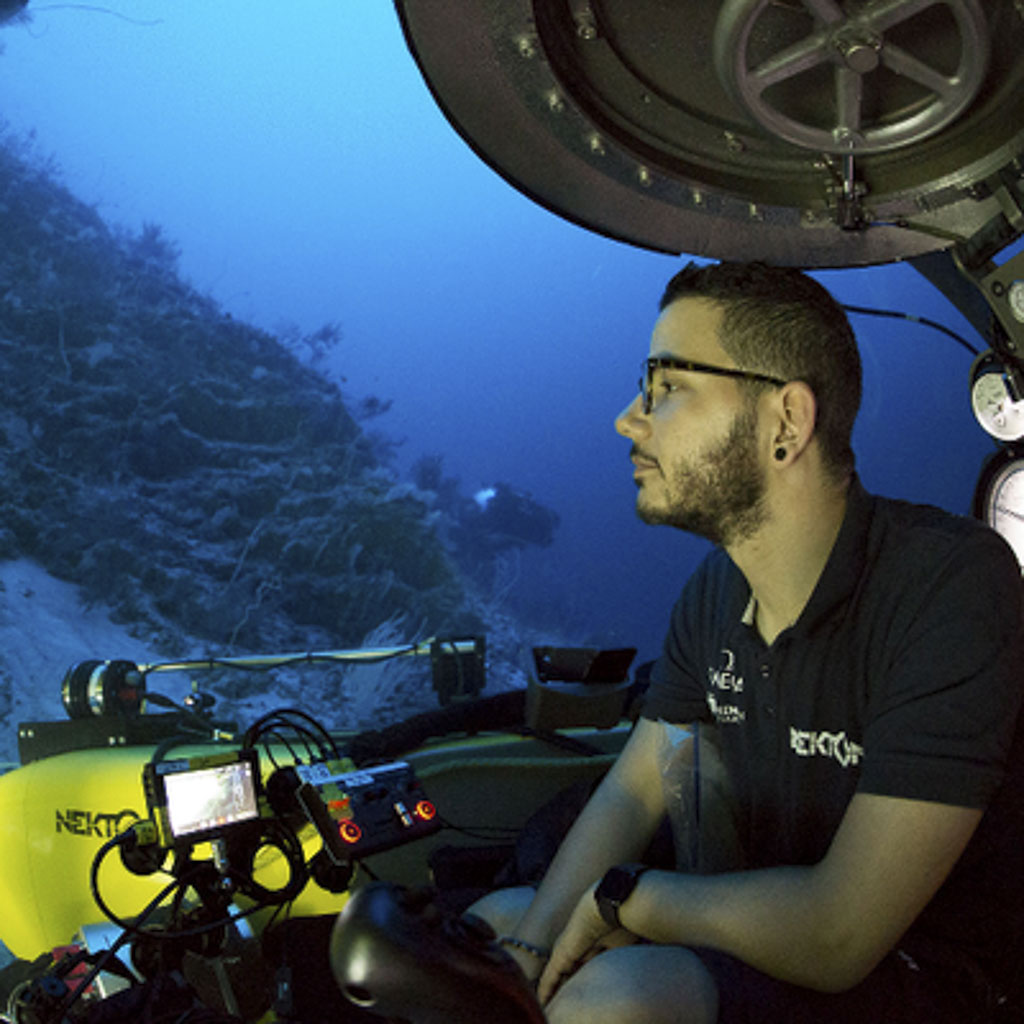
Columnist Sarah Reid reports and reflects on the lasting impacts that the wave-making documentary put on the world of captive marine life and tourism.


Columnist Sarah Reid reports and reflects on the lasting impacts that the wave-making documentary put on the world of captive marine life and tourism.
Charting the tragic story of Tilikum, an orca who spent most of his life in captivity at SeaWorld, the 2013 documentary Blackfish exposed the reality of keeping cetaceans in captivity for the purpose of tourism.
But looking back at the cultural impact that the film had, it’s obvious that Blackfish was more than a hit. It was a phenomenon, catalyzing a global movement against marine mammal captivity. One study described it as the perfect storm, building upon decades of activism that created a timely cultural climate for its release.
After it hit screens, the documentary inspired would-be tourists to boycott marine wildlife captivity and training. It financially devastated SeaWorld. A year following its release, attendance at SeaWorld marine parks dropped by one million visitors, and the company’s share price plunged by 33 percent. In 2020, SeaWorld agreed to pay out USD$65 million to settle a lawsuit launched by shareholders who claimed they were misled about the effect of the documentary on the business.
The ripple effect went global. Amid increased consumer pressure, dolphinariums around the world began to close, downsize or rebrand. A string of major global travel companies announced plans to cease selling dolphin and whale shows. A number of countries and regions, including California, France, Chile and Costa Rica, have since banned dolphinariums completely.
Blackfish also prompted a reckoning within the travel publishing industry. At the time, I’d just started an editing job at a major guidebook company. Among my first tasks was to assist in delisting captive cetacean shows from the archives, and ensure these attractions didn’t pop up in products on my watch. Basically unheard of before Blackfish, many travel media and publishing organizations now have animal welfare guidelines banning the promotion of wildlife tourism experiences with connections to animal cruelty.
The 10-year anniversary of ‘Blackfish’ offers a golden opportunity to reflect on the power we wield as travelers to shape the tourism landscape.
The effective cancellation of the captive cetacean tourism industry was always going to be messy. Dolphinarium closures threatened cetaceans with risky transfers to new facilities; a number have died during or shortly after transportation. Charting the dramatic rise and fall of renowned Spanish dolphin trainer José Luis Barbero, the 2022 Netflix documentary The Last Dolphin King, explores the human cost of changing consumer attitudes to dolphin and whale shows.
Unlike the activism inspired by the release of Free Willy in 1993, which fell short of motivating meaningful change in the marine mammal tourism industry, the ‘Blackfish’ effect has only gained momentum. A World Animal Protection report released in 2019 representing the first comprehensive assessment of the global dolphin industry is thought to be responsible for prompting a fresh wave of travel companies to call time on selling holidays including performances by captive dolphins and whales.

The release of cetaceans from captivity also continues to make headlines, including Miami Seaquarium’s March 2023 announcement of its plans to release Tokitae, the world’s oldest orca in captivity, to the waters of the Pacific Northwest she was captured from more than 50 years ago.
Yet, more than 300 dolphinariums continue to operate worldwide. And a quick scroll through social feeds confirms that plenty of folks are still supporting captive cetacean tourism; either directly by attending shows or interactive experiences or indirectly by supporting travel booking websites or cruise companies that continue to facilitate these activities.
Why? One study suggests misleading marketing could have something to do with it, with SeaWorld just one of many marine tourism attractions that have shifted from entertainment to ‘education-based’ experiences. While it can be argued that organizations like SeaWorld may have a role to play in the rescue and rehabilitation of sick and injured cetaceans, independent animal welfare experts claim this work doesn’t justify the cruelty of keeping cetaceans in captivity for human enjoyment.
Looking back on how much has changed since 2013 is encouraging. Even though the culture around captive marine wildlife tourism isn’t perfect, it’s progressing. The 10-year anniversary of Blackfish offers an opportunity to reflect on the power we wield as travelers to shape the tourism landscape and to look forward to how we want to continue to demand change and shape the future.








Can't find what you're looking for? Try using these tags: